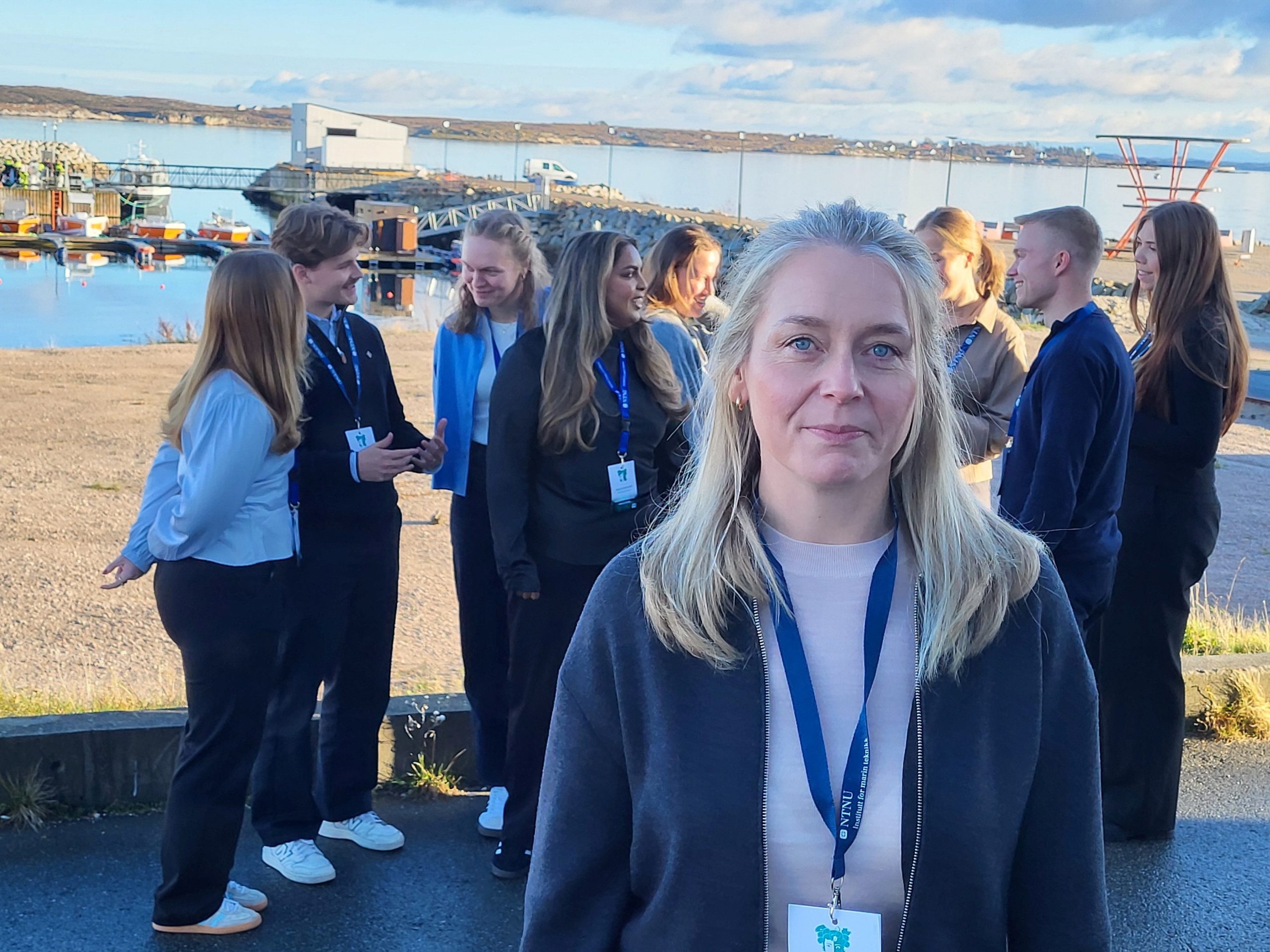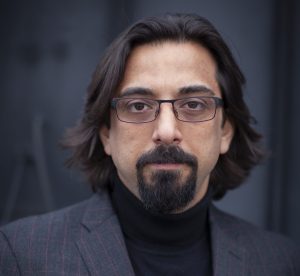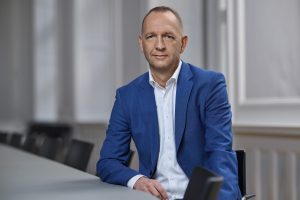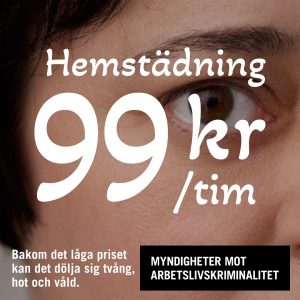Benedicte Brubakken is the managing director of Blått kompetansesenter on Frøya and in Trondheim. Before this, she worked for 10 years in innovation and business development at the Norwegian University of Science and Technology, NTNU.
She explains that the 13 years of cooperation have been all about developing knowledge about sustainable aquaculture.
Criticism directed at Norwegian aquaculture
The Norwegian salmon and aquaculture industry faces significant criticism from several quarters.
Questions are being raised about whether the sector’s growth is taking place within the limits of what nature can tolerate, and whether sufficient consideration is being given to fish welfare, environmental impacts and animal welfare.
According to the report “Risk report on Norwegian fish farming 2025” from the Institute of Marine Research, 60 million farmed salmon were reported dead last year, or so weakened that they had to be discarded.
“Poor animal welfare and negative effects of salmon lice on wild salmon are the biggest challenges to achieving welfare-related and environmental sustainability,” the report states.
Environmental organisations point out that today’s open-net pens make it difficult to ensure zero escapees, zero lice and zero emissions. The Norwegian Society for the Conservation of Nature is among those calling for all fish farming to move to closed, emission-free systems.
“This year, we have worked with spatial use and coexistence at sea. It is both necessary and challenging to achieve a good balance between the three main dimensions of sustainability – the economic, social and environmental,” Brubakken says.
She explains that the aquaculture sector has, over the years, gained a better understanding of the green transition. This is positive, given that farmed fish production in Norway is expected to double by 2050.
“The collaboration is between NTNU, upper secondary education and the industry. The development of competence has been central over the years.
“That’s why it is important to discuss and develop the balance between the three dimensions of sustainability, and thereby the green transition.
“I usually say that the aim is to become more sustainable. Not everyone can do everything, but everyone can contribute something,” she says.
Brubakken points out that it can be easy for the stakeholders to think that they are doing their best, or at least, what they can for the planet.
“But it is also difficult to see the whole picture. You have to make some choices. So, for the past 13 years, we have met annually at “Brohodekonferansen” (the Bridgehead Conference).
“It gathers people from research, academia, upper secondary schools and students. The conference aims to foster a constructive discussion on how the industry and education can make the best possible decisions, and help ensure the optimal management of the ocean,” she says.
Better at sea?
This year, the conference’s theme was “blue balance”.
Brubakken highlights examples presented by the company Aqualoop and by the industrial division of the SINTEF research foundation.
“Both are working to develop the most sustainable possible production of food from the sea.
“Aqualoop believes there is a fairly high chance of succeeding with fish farming under more controlled conditions further out at sea. Out there, ocean currents are stronger, and the underwater geography is different from in the fjords,” she explains.
Several groups consider offshore fish farming to be better for the ecosystem.
“One reason is precisely those stronger ocean currents, with far bigger volumes of water that can disperse what is eventually released from a cage,” adds Brubakken.
She compares it to traffic in a major city.
“It is much easier to drive around than through a city centre full of dead ends. Perhaps this is the best solution,” says Brubakken.
Criticism from NTNU
She believes it is unique that an upper secondary school and a university benefit from working together. She looks back at the beginning of the collaboration. It came in for a lot of criticism at NTNU.
“Why should a university spend time at an upper secondary school? Recruiting students should surely be about academic specialisation for students, not about subjects like aquaculture,” she recalls some people saying.
Knowledge about aquaculture is very different today from when the pioneers started farming fish along Norway’s coastline more than 50 years ago.
The industry has gone from being experience-based to becoming more knowledge-driven. The coastal societies on the islands of Hitra and Frøya have invested in fish farming for many decades.
The region is between two and three hours’ drive from Trondheim, home of the university and research environments.
“A great deal of fieldwork has been carried out by several different groups. The Research Council helped fund the collaboration, which has become a major capital boost.
“We have had candidates completing PhDs in cooperation with the industry. It has facilitated student projects and summer jobs. The partnership has contributed to the development of a bachelor’s degree at NTNU, known as the aquaculture engineering programme,” Brubakken explains.
She sums up the cooperation like this:
“The university, upper secondary education and the industry are now working in a different way. The parties are equal, which creates professional pride. The trust makes the results more sustainable and therefore better for the green transition,” she adds.
A considerable problem with lice
Gaining more knowledge about how to combat sea lice on farmed salmon is a complex, long-term task that is still ongoing.
The use of laser technology that ‘shoots’ the lice off the salmon is being tested by several operators, but no best practice has yet been developed from a sustainability perspective.
Sea lice pose problems both for wild fish, which can become infected, and because of the enormous costs associated with controlling them.
During this year’s Brohodekonferanse, several students demonstrated what future knowledge might look like. One example was laser-firing AI lice-hunting robots that autonomously move between the fish inside the cages.
Salmar boss: Operations must be adapted
Frode Arntsen from Salmar also answers questions on the green transition. He is the managing director of the aquaculture giant, which is the world’s second-largest producer of farmed salmon.
“Salmar will carry on doing what we have been doing for many years before we started using the term ‘green transition’: We must adapt our operations and input factors in the best possible way in our day-to-day work.
“We need to understand the sites where we farm. By knowing as much as possible about conditions and capacity of each site, we achieve the best possible survival rates and therefore also fish welfare,” he tells the Nordic Labour Journal.

Water consumption and packaging are two other factors he mentions as part of the green transition.
“We try to reduce our energy use by cutting Salmar’s total footprint. We also believe knowledge-based collaboration with academia and other research institutions to be extremely important.
“We need more students to join us in more and larger projects to develop more competencies together with us,” the Salmar boss says.
But will the industry manage a fast enough green transition, do you think?
“I don’t know, but you have to be ambitious. We cannot double production just for the sake of it.
“The industry must be able to ‘stand still’ for a few years if the nature and fish react badly to the solutions and increases that are coming,” he answers.
Salmar has been ranked among the world’s top 500 sustainable companies by Times Magazine.
God’s great outdoors
Salmar is also investing in Iceland. A large, new offshore cage in Scottish waters is also on the drawing board.
“Salmar ocean” was the world’s largest offshore fish cage when it opened in 2021. It is a huge technical installation reminiscent of an oil platform.
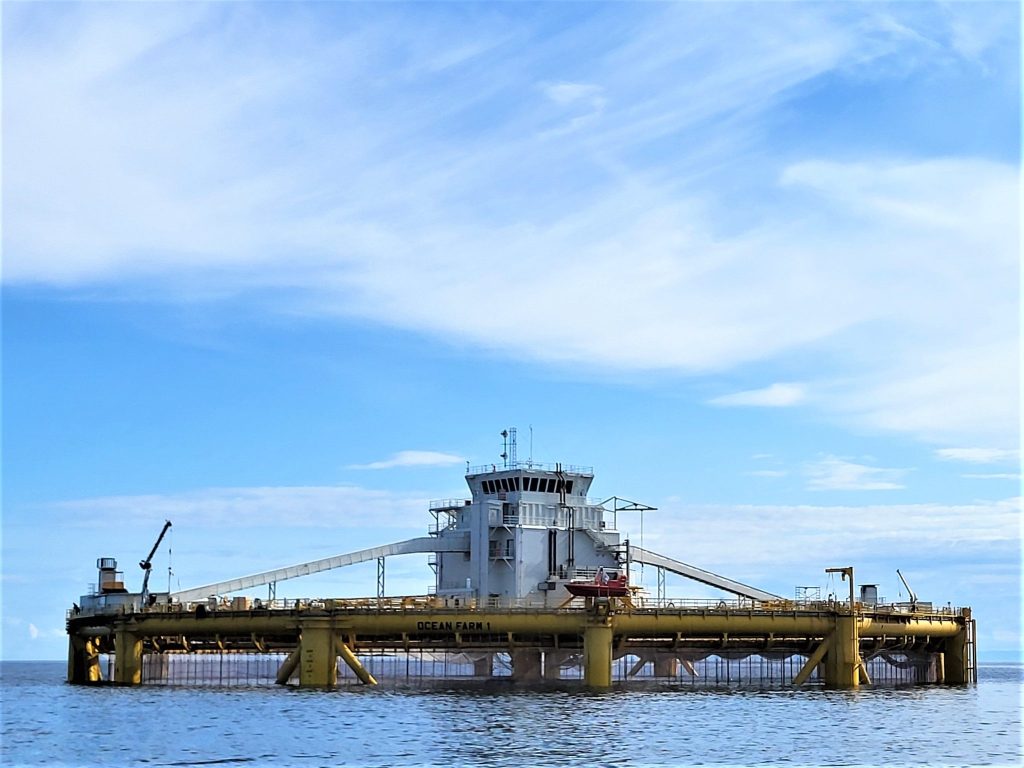
It is anchored at sea on the coast of Trøndelag county. The authorities recently granted a research and development licence to allow the offshore cage to be realised.
“The offshore cage is a fantastic facility that makes use of God’s great outdoors. All the water is replaced quickly by the ocean currents across the entire unit, which is 250,000 cubic metres in size.
“We have oxygen-rich, excellent water and the salmon are almost free from lice. Growth and survival rates are very good,” says Frode Arntsen.

